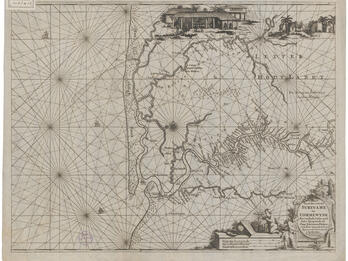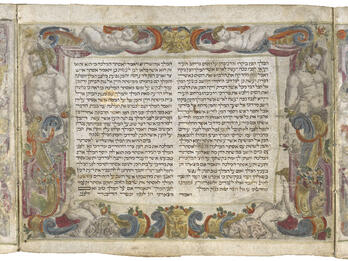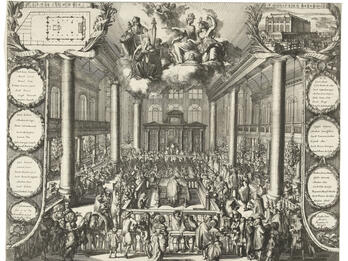The Jewish Community of Mantua
By the end of the sixteenth century, the Jewish community of Mantua, Italy, had nearly three thousand members, many of whom came to the city through the encouragement of the Gonzaga banking interest. It included both Italian and Ashkenazic Jews. The second-largest Hebrew press in Renaissance Italy operated in Mantua, which also boasted a powerful rabbinic court, numerous scholars, and many synagogues. In 1602, seven Jews were hanged for blasphemy, which led to the eventual formation of the Jewish ghetto in 1612. Following the end of the Gonzaga monarchy, the city was destroyed during the Thirty Years’ War (1628–1630) and the Jewish community was exiled.




